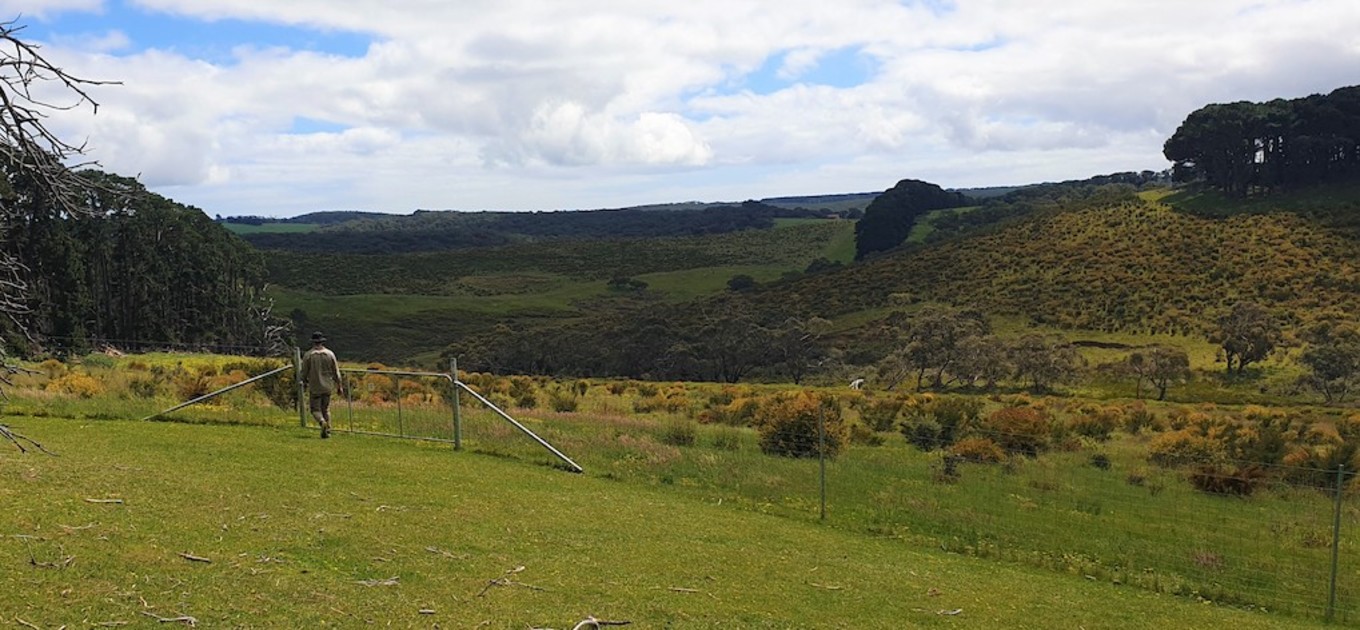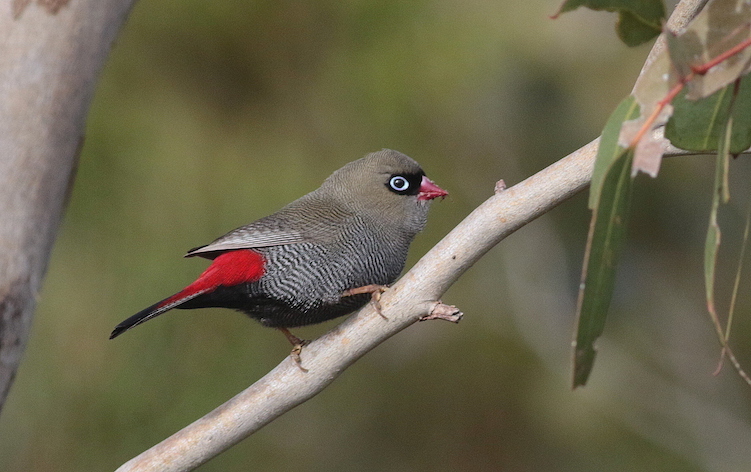Revegetation brings hope for threatened birds
Staff Reporters
20 February 2022, 3:14 AM
 Targeted revegetation at Deep Creek.
Targeted revegetation at Deep Creek.The Hills and Fleurieu Landscape Board’s ‘Back from the Brink’ project has had an exciting development, with discovery of the critically endangered Western Beautiful Firetail using revegetated habitat that is less than five years old.
The project, funded by the Australian Government’s National Landcare Program, and the Landscape Levy, includes large-scale revegetation, designed specifically to support a suite of threatened heathland birds in the Mount Lofty Ranges and Fleurieu Peninsula.
The revegetation is on-going and being undertaken across multiple parks in partnership with the Department for Environment and Water and National Parks and Wildlife Service.
Local bird expert Graham Carpenter was engaged to survey revegetation sites within Deep Creek National Park to assess which birds are starting to use the new habitat.
Over 110 hectares of pastured land within the park has been revegetated since 2016, using a combination of direct seeding and tubestock planting, in an area roughly equivalent to 55 Adelaide Ovals.
The survey recorded 34 bird species across 22 sites. Of these, one of the target species, the Western Beautiful Firetail sightings were the most significant find, with 14 individuals recorded at six of the sites.
The Western Beautiful Firetail is the smallest species of the firetail finch family, and is identified from other local bird species by its bright crimson rump, red bill and black face mask.
The subspecies only occurs in the Hills and Fleurieu region (at Deep Creek NP and surrounds, and Cox Scrub Conservation Park), and on Kangaroo Island, and has declined in both range and abundance over the past 30 years.
Mr Carpenter says he was surprised to see the species breeding in the revegetation after just a few years, and commends the project.
“It is heartening that the conservation prospects of a threatened species such as the beautiful firetail can be enhanced through targeted management works, during a period when so many other species are disappearing.”

Western Beautiful Firetail - M Stokes.
Hills and Fleurieu Landscape Board Regional Ecologist Luke Price explains the revegetation and plant selection process:
“This survey has provided useful information about the ability of beautiful firetails to respond to our targeted revegetation and indicated positive signs that when you tailor revegetation design with appropriate species composition, structure, scale and location, you can achieve meaningful recovery outcomes for highly endangered species.
“The revegetation can rapidly increase the available habitat and food resources. When undertaken adjacent to areas where populations of these species exist, if the declining population still has the capacity to do so, they can positively respond.
“We set out to recreate additional closed-shrubland habitat (this includes heath, heathy woodlands and swamps) to reduce the extinction risk for a specific group of highly endangered bird species, which includes the beautiful firetail.
“The revegetation is being established according to specific densities to achieve the desired habitat structure. Our plant selection also takes into account the dietary preferences of the target bird species, particularly the Western Beautiful Firetail, which includes specific seed types in its diet.
“We still have a long way to go, as we need to create thousands more hectares of habitat by revegetating previously cleared land, but this is confirmation we are on the right track.
“We’ll continue monitoring through our Back from the Brink project and hope to see more threatened species utilise our revegetation, including the Southern Emu-wren and the Chestnut-rumped Heathwren,” he says.
The birds were once much more widespread, but extensive recent surveys were unable to find them in Mount Bold, Myponga or Newland Head, where they were once commonly found. Monitoring suggests that there could be less than 50 adult birds on mainland SA.
The Kangaroo Island population size is unknown, but greater than 50 per cent of its known habitat burnt in the 2019/20 bushfires. All evidence indicates the entire subspecies is now highly vulnerable to extinction.
The project partnership plans to continue to revegetate previously cleared areas that form part of Deep Creek National Park in the future, with the goal of further expanding the area of habitat available to these endangered closed-shrubland bird species.
More information about ‘Back from the Brink’ project outcomes can be found on the Landscape SA website.